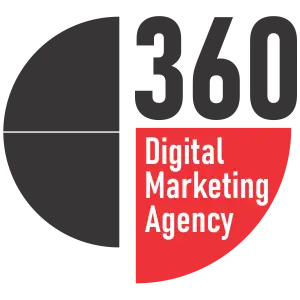Introduction: In the ever-evolving digital landscape, creating a visually stunning website is just the first step. To ensure a seamless and user-friendly experience across devices, the process of converting a Photoshop Design (PSD) to Responsive HTML is paramount. In this guide, we’ll explore the intricacies of this transformation, shedding light on the importance, process, and benefits of PSD to Responsive HTML conversion.
1. The Significance of Responsive Design: Responsive web design is no longer a luxury; it’s a necessity. With users accessing websites on a myriad of devices, from desktops and laptops to tablets and smartphones, ensuring your website adapts fluidly to different screen sizes is critical. We’ll delve into why responsive design matters and how it enhances user experience and SEO rankings.
2. Understanding PSD to HTML Conversion: PSD to HTML conversion is the bridge that connects a static design to the dynamic web. We’ll break down the process, starting with slicing the PSD file into individual design elements and then converting these elements into HTML and CSS code. This meticulous process is the foundation for a responsive and functional website.
3. Semantic HTML for Structural Integrity: Semantic HTML is the backbone of a well-structured website. Explore the importance of using semantic tags for various elements like headers, paragraphs, and lists. We’ll discuss how adhering to semantic HTML principles not only enhances accessibility but also aids search engine optimization.
4. CSS Styling for Visual Consistency: CSS (Cascading Style Sheets) is the painter’s palette for your website. Learn how to apply CSS styles to your HTML elements, ensuring visual consistency across different devices. We’ll cover the principles of responsive design, including media queries and flexible layouts, to create a visually appealing and adaptable website.
5. Making Images Responsive: Images play a crucial role in web design, and making them responsive is essential for a seamless user experience. Discover techniques for ensuring images scale proportionally, maintaining clarity and visual appeal on devices of all sizes. We’ll explore the use of CSS properties like max-width and height to achieve responsive images.
6. Responsive Typography for Readability: Typography is a cornerstone of design, and ensuring text is legible on all devices is paramount. We’ll delve into responsive typography techniques, including the use of relative units like em and rem, to create text that adapts gracefully to different screen sizes without sacrificing readability.
7. Testing Across Devices and Browsers: The true test of responsive design lies in its performance across various devices and browsers. We’ll discuss the importance of thorough testing and explore tools and techniques for ensuring your website looks and functions seamlessly on popular browsers and devices.
8. Benefits of PSD to Responsive HTML Conversion: The advantages of PSD to Responsive HTML conversion extend beyond visual aesthetics. We’ll outline the benefits, including improved user experience, better SEO rankings, reduced bounce rates, and increased accessibility. Investing in responsive design is an investment in the long-term success of your website.
9. PSD to HTML Conversion Services: For those not well-versed in coding, professional PSD to HTML conversion services can be a game-changer. Explore the benefits of outsourcing this process to experienced developers who can ensure a pixel-perfect conversion and handle the technical intricacies on your behalf.
10. Best Practices for Ongoing Maintenance: A responsive website is an evolving entity. We’ll wrap up by discussing best practices for ongoing maintenance, including regular updates, performance monitoring, and staying abreast of emerging technologies and design trends to ensure your website continues to meet user expectations.
Conclusion: PSD to Responsive HTML conversion is the key to unlocking a seamless, visually appealing, and user-friendly website across devices. By understanding the process, implementing best practices, and embracing the benefits, you pave the way for a digital presence that not only captivates your audience but also stands the test of time in the ever-changing digital landscape. Let your website be a testament to the harmonious marriage of design and functionality through the art of PSD to Responsive HTML conversion.



